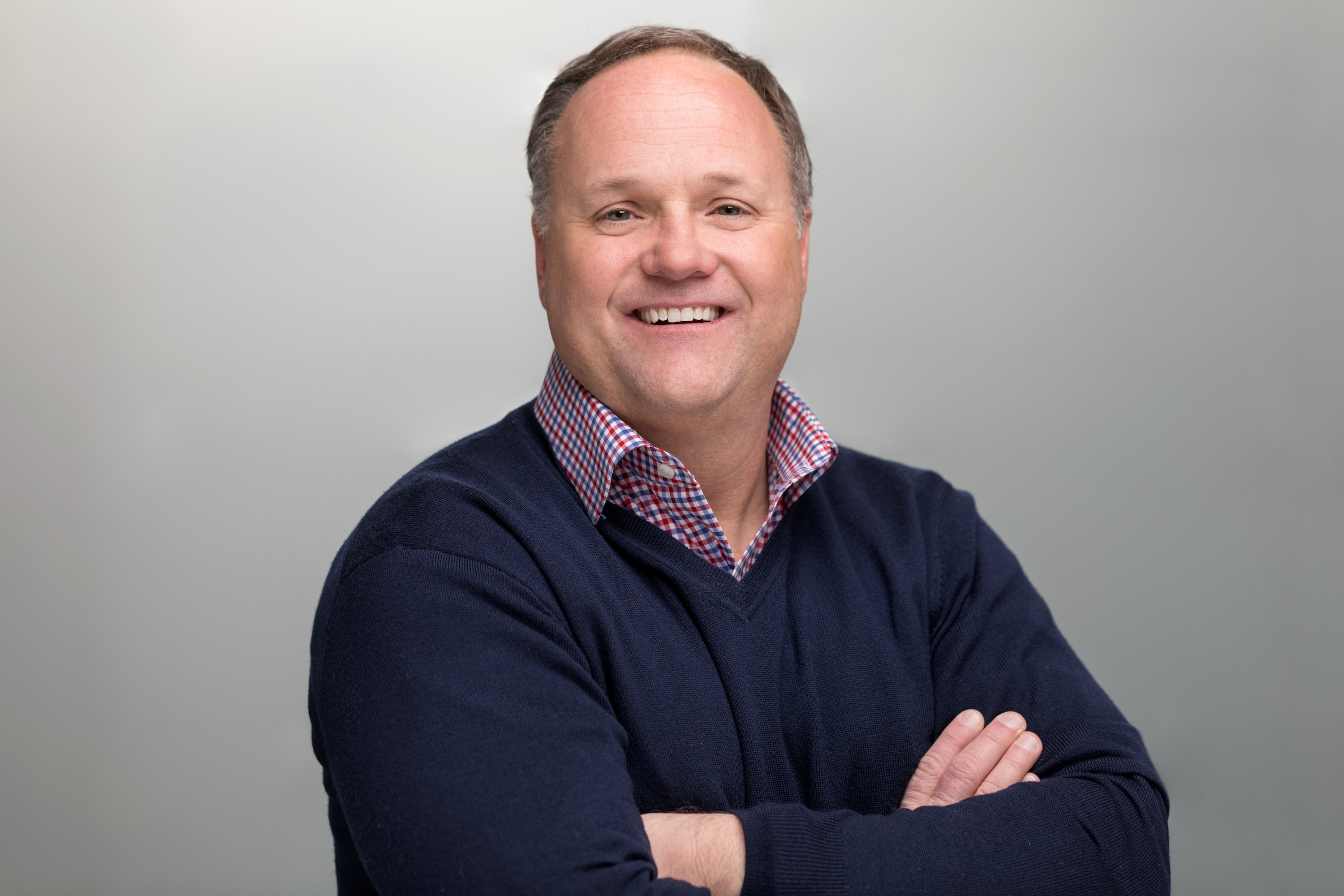Navigating the Fragmented Media Landscape During 2024’s Political Ad Surge
Dispelling myths and embracing opportunities between TV ads and voter engagement

The run-up to the 2024 presidential election is expected to be the biggest political ad spend cycle in history, with projected increases by a staggering 13% compared to 2020’s previous presidential cycle. Political campaigns are currently spending a lot of money on advertising, but they are facing several challenges due to the evolving media landscape. For instance, traditional linear TV is losing popularity while streaming services are becoming more mainstream.
As a result, campaigns need to carefully plan and measure their multiscreen approach to reach their target audience effectively. What’s more, viewers now have more control over their media experiences, deciding when, how, and what they want to watch. While viewer autonomy empowers the electorate, especially with the dawn of streaming, it also presents a significant challenge for political campaigns to navigate an ever-evolving media terrain.
The fundamentals of political advertising haven’t changed: identify what your targets are consuming and choose the media mix to reach them effectively and efficiently. The proliferation of diverse media options introduces complexity into the decision-making process for campaign strategists. It’s changed the effectiveness of the traditional approach to media plans. With the vast number of options available to consultants, there are a few things to consider when making all-important decisions.
What Media is Your Target Audience Consuming?
While viewing fragmentation is a reality, dismissing cable as obsolete may be premature. According to Nielsen data, multichannel video programming distributors (MVPD) in the United States represent over 60% of all televisions. Contrary to the prevailing notion of cable's decline, cable's share of viewing stands at a notable 30.2% among Persons 2+ according to the September 2023 Gauge report from Nielsen, highlighting its continued relevance in the market.
Data shows that in the 2022 midterm elections, 67% of the voter turnout was over the age of 45. Therefore, we need to examine cable's standing within specific age groups. Among adults over 35, cable continues to hold a substantial share of viewing at 36%, compared to 30% for streaming and 28% for broadcast. Similarly, cable secures a 39% share with adults over 50, outpacing both broadcast (32%) and streaming (24%). The Gauge report highlights a critical factor in the streaming landscape: older voters tend to stream less.
Ironically, the discussion around cord-cutting often fails to consider a crucial aspect: when an MVPD loses a subscriber, it also means that broadcast television loses a viewer. By examining the viewing data from Nielsen, we can see that there has been a 10% decrease in the average monthly viewership for broadcast television since 2020.
This text highlights the connection between cable and broadcast television and how the decline in cable subscriptions affects traditional broadcast channels. When cable providers lose subscribers, they usually still have a connection to the home via broadband, which is not the case with broadcast television. This results in MVPDs and their representatives being able to offer 117 million homes various options to reach voters through linear, digital and streaming channels according to Ampersand’s internal research.
Yes, You Need Streaming — But It’s a Balance
A notable aspect of the (subscription video-on-demand) SVOD landscape is that many streaming services — such as Netflix, Max, Prime Video, and Disney — do not accommodate political advertisements. However, Hulu and YouTube TV do offer an ad-free option, albeit with limited political targeting. This effectively results in approximately 45% of all streaming platforms excluding political advertisements entirely.
The implications of this limited access to the streaming audience should be carefully considered when crafting political advertising strategies. While the previously mentioned Gauge report provides valuable insights, it is important to note its limitations, particularly its lack of visibility into the MVPD and virtual MVPD inventory.
Traditional television services provide around 32% of sellable inventory on ad-based video on demand (AVOD), which makes them a significant participant in the streaming advertising landscape. They offer a unique pool of inventory that is not available through other sources, which must be taken into consideration while planning for any multi-screen advertising campaign.
One of the challenges in digital advertising is that vendor offerings and target audience reach may overlap. For instance, ads purchased through platforms like YouTube or Hulu might unintentionally reach cable subscribers, which may disturb frequency caps among streaming services and create a negative viewing experience for voters. Therefore, it is crucial to thoroughly evaluate advertising strategies to ensure maximum impact and proper targeting.
More Choices Mean Campaigns Need to Buy More Options
Due to the fragmentation of audiences, the traditional approach of focusing on a few channels is no longer effective. To reach a wider audience, it is necessary to add additional networks, which increases incremental reach and eliminates over-saturation, resulting in an effective frequency. MVPD viewership insights demonstrate this.
For instance, oversaturating local news channels with ads may initially yield positive results, but eventually, reach will plateau, leading to a negative return on investment. This is because the ads repeatedly reach the same audience.
To achieve optimal campaign effectiveness, a delicate balance must be struck, steering clear of audience fatigue that sets in when ads run multiple times. Campaigns must recognize the need to connect with audiences consuming content from various sources across multiple devices. Therefore, they should prioritize a broad spectrum of viewership options to optimize impact.
Content is Still King
Undoubtedly, content remains a crucial factor in the decision-making process of streamers. The desire to access favorite shows is a primary motivator for many who choose subscription-based networks. However, a significant increase in streaming occurs on SVOD platforms, which are usually devoid of advertisements.
This makes it challenging to penetrate this significant demographic. Campaigns must recognize that having broad reach when buying streaming space may not hold true, especially when dealing with non-ad-supported networks. It is important to ignore the noise about the saturation of streaming services and identify what viewers are consuming and the best way to engage them on non-ad-supported networks.
That being said, linear TV still stands out for its distinct advantage in live programming. The dynamic nature of live events, particularly in sports and news, provides a unique inventory for advertisers. It’s a broad, reliable, and valuable opportunity to connect with audiences in real-time.
Cable and linear TV are still the most effective ways to reach voters. The 30-second linear TV ad is still the best way to persuade voters. However, it’s crucial to understand the ecosystem’s strengths and limitations. With a broad strategy that includes other channels like streaming, consultants can craft a holistic voter engagement strategy that reaches target audiences to make the biggest impact.
Get the TV Tech Newsletter
The professional video industry's #1 source for news, trends and product and tech information. Sign up below.
Tim Kay is Vice President of Political Strategy at Ampersand, a data-driven TV advertising sales and technology company. Kay has over 20 years of experience in political advertising and media planning/purchasing. He started his career as a media buyer and account assistant at Squier Knapp Ochs when the firm handled the 1996 Clinton/Gore re-election campaign. Three years later, Kay was a Principal/Media Director at Buying Time, LLC, where he developed strategic spot market and national media plans for commercial, political and issue clients utilizing traditional and alternative/new media advertising. He is an expert at planning and purchasing all different types of media for strategic media campaigns throughout the United States, Canada, Europe and Asia. Kay has worked on a variety of political races, ranging from President down to County Commissioner.

